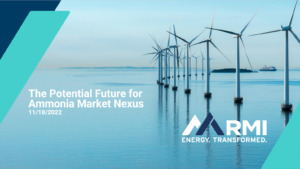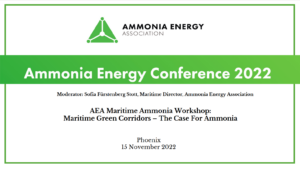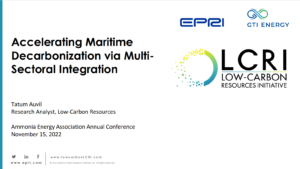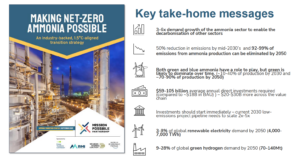Ammonia-powered cargo shipping in Finland
Green NortH2 Energy, Meriaura and Wärtsilä will develop a cargo vessel capable of running on ammonia fuel. Propelled by Wärtsilä multi-fuel engines, the vessel will be owned and operated by Meriaura, with Green NortH2 Energy to supply renewable ammonia fuel from its to-be-built production plant in Naantali, southwest Finland.









